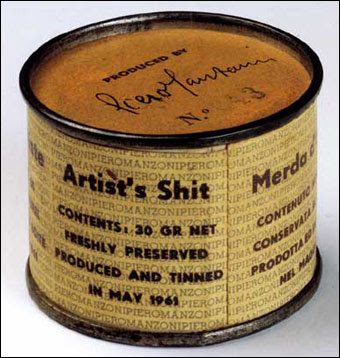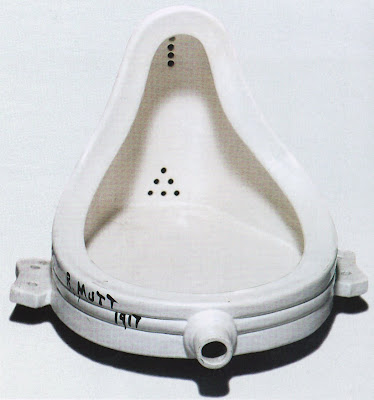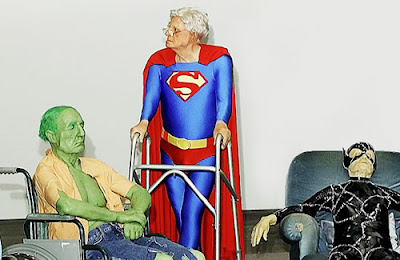I really enjoyed this exhibition, not only does it contain a large amount (and a vast array) of work, it's also the way that the work has been curated that makes for such an interesting exhibition.
What was interesting for me was the idea of a 'frame' around work, whether it be an actual frame around a painting or drawing or just the physical limits of a sculpture, where does the work start and where does it finish? The reason this became of interest for me within this exhibition was because of the wall colour. When I first walked into the electric pink room (curated by Michael Craig-Martin) it was very hard for me to look around the room and pick out an individual piece of work, instead I could only seem to see the room as a whole. The pink acts almost like a bridge between the pieces, linking or merging one to another, the whole room becoming a single work of art rather than a collection of individual pieces.
Another of the spaces really interested me as well, this being the 'disco space'. At first you enter into a small yellow room with headphones hanging on the wall, you then take your headphones and then enter through a curtain into a large, low-lit room with purple walls, whilst various dance music is played through your headphones. Immediately you are confronted by Ron Mueck's Ghost, 1998, which, in combination with the loud music playing in your headphones, is quite a scary and overwhelming experience. The room was also empty at the time I walked in, so when you combine that with your lack of sound from the room itself, it was really quite surreal. After a few moments you get your bearings and I really began to enjoy the experience. The sculptures just seem to fit really well within the context of the flashing dance floor, disco balls and loud music. It perhaps detracts from the meaning of the original piece but in that situation, again it was more about the curation of the room and bringing the pieces together as a whole.
These are a few of the pieces on show:







































